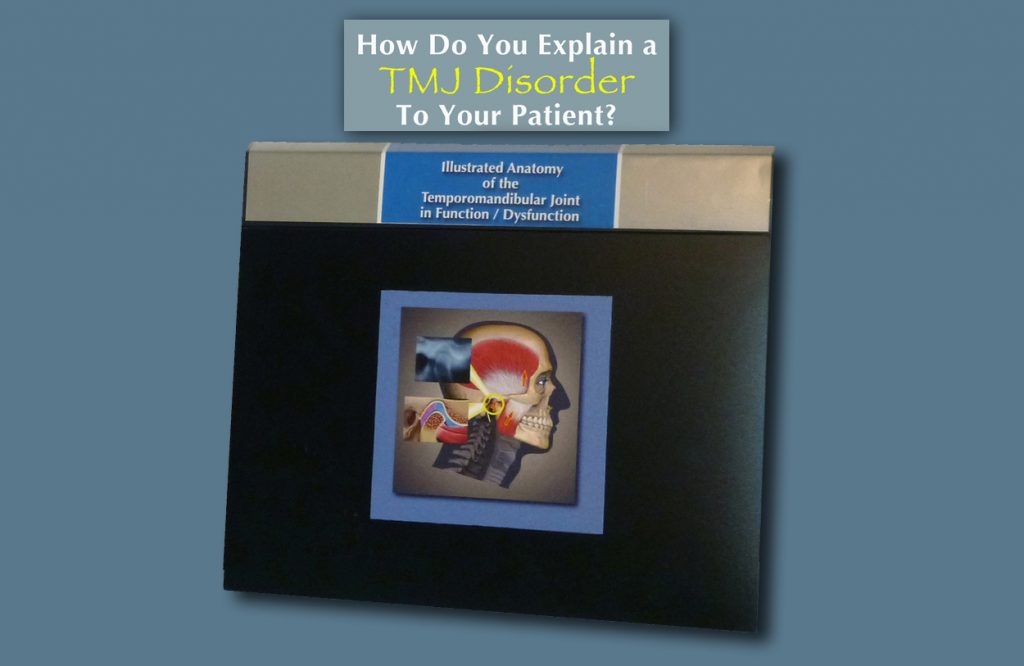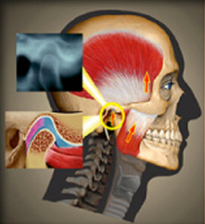Samuel J. Higdon, DDS — Author and Illustrator

“To Understand the Abnormal, We Must First Understand the Normal”
Robert B. Salter, MD
Orthopedic Surgeon, Author, Educator
A comprehensive understanding of both the normal and abnormal anatomy, physiology, and function of the masticatory system is not now, and has historically not been, a part of dental curricula. Most dental graduates, both doctoral and postdoctoral, recognize and acknowledge the limited training they received in their professional education regarding this marvelously elegant, unique, and complex joint system. Most also acknowledge being largely confused and uncertain regarding many aspects regarding this system, including what is necessary for its healthy maintenance and care, for which the dental profession has primary professional responsibility.
Because it is logical that the dental profession should have primary responsibility for the health and maintenance of this joint system, the absence of meaningful training in dental curricula of the normal anatomy, physiology, and function of the masticatory system represents an irony that is difficult to understand and impossible to justify. This body of knowledge, normal anatomy, physiology, and function, is the basis for understanding the source of underlying problems that can develop within that system, which we refer to as temporomandibular disorders.
No other segment of the health care professions receives significant training regarding this unique system, either. As a result, the masticatory system, including the temporomandibular joints, is truly an orthopedic orphan. Due primarily to a lack of training in dental education, patients seeking treatment for a temporomandibular disorder (TMD) often have difficulty finding knowledgeable sources for truly comprehensive and definitive management of their TMD.
Since the early 1980s a great deal has been learned regarding the normal anatomy, physiology, and function of the temporomandibular joints. And as that knowledge has evolved, we have also become increasingly aware of the importance of the functional anatomy and physiology that is unique to this system. Changes in the structural integrity of the joints can develop and those changes can affect function and often result in pain from the TM joints.
“Illustrated Anatomy of the Temporomandibular Joints in Function/Dysfunction” began as a small, self-published book in 1983. Its illustrations have been used throughout the world by educators in the field of temporomandibular disorders.
The current 2nd edition greatly expands on the intent and use of this publication, which is to provide both a patient education aid, as well as a resource for health care providers to understand the basics of the anatomy and function of the temporomandibular joints.
Order your personal copy of this valuable patient education aid at:

